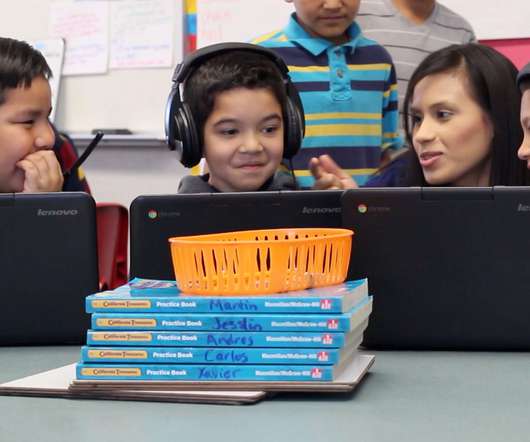Sphero Makes a Big Acquisition in littleBits to Bring Hands-On STEAM Learning to Life
Edsurge
AUGUST 23, 2019
“We are both pursuing the same goal,” says Sphero CEO Paul Berberian, which he describes as providing students with playful tools that nurture creativity as they learn to use and build with technology. Sphero has received just north of $120 million since its start in 2010; littleBits, founded a year later, has secured $62 million.























Let's personalize your content